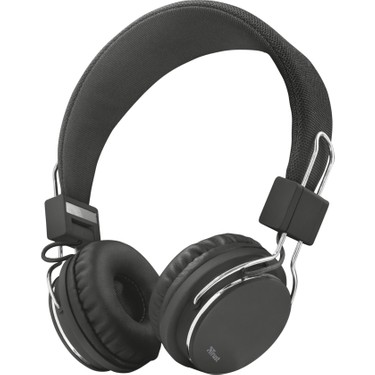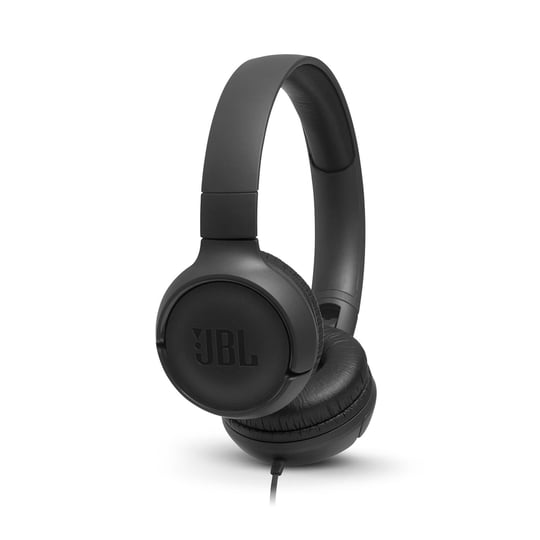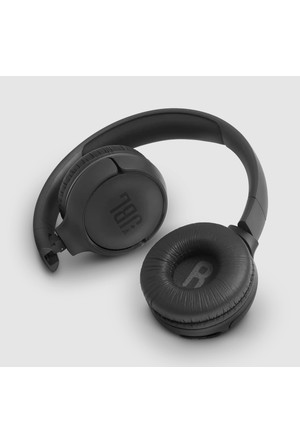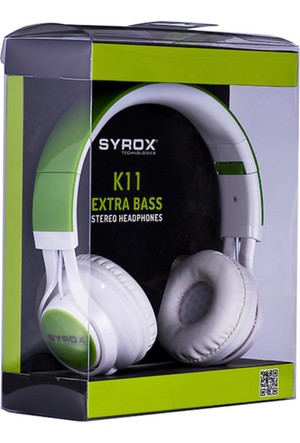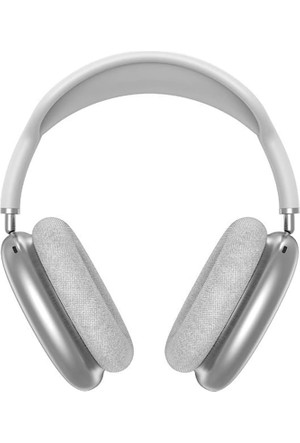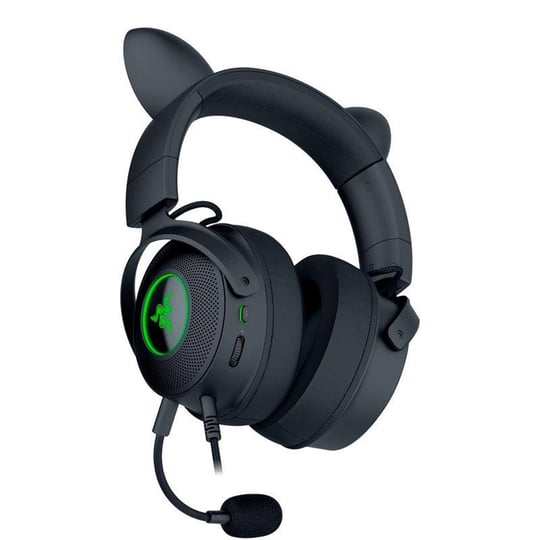
KJHBV 1 Bilgisayar Kulak Üstü Kulaklık Kulaklık Kedi Kulaklıkları Hayvan Kulaklıkları Kulak Içi Kulaklık Kablosuz Kulaklık Oyun Kulaklıkları Karikatür Kulaklık Panda Şapkalar : Amazon.com.tr: Elektronik

zibo Kulak Üstü Bluetooth Kulaklık Kablosuz Kulaklık Kulakustu Kafa Üstü Fiyatı, Yorumları - Trendyol

UYGUN FİYATLI KULAK ÜSTÜ KULAKLIK ÖNERİSİ / Havit İ62 Katlanabilir Kafa üstü Bluetooth Kulaklık - YouTube

Kablosuz mikrofon mini mikrofon profesyonel mikrofonlar kafadan takma kulaklık mini xlr 3pin ta3f 40hz-12.5mhz 130db | Fruugo TR

Kablosuz mikrofon mini mikrofon profesyonel mikrofonlar kafadan takma kulaklık mini xlr 3pin ta3f 40hz-12.5mhz 130db | Fruugo TR

zibo Kulak Üstü Bluetooth Kulaklık Kablosuz Kulaklık Kulakustu Kafa Üstü Fiyatı, Yorumları - Trendyol






